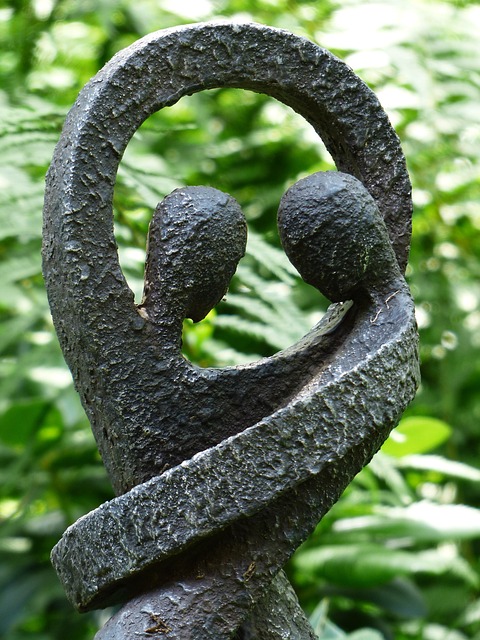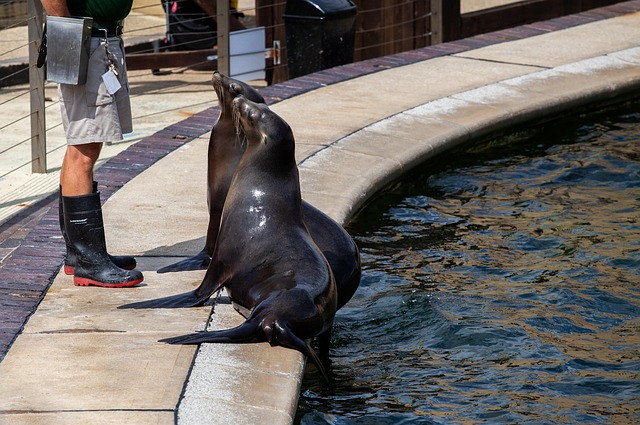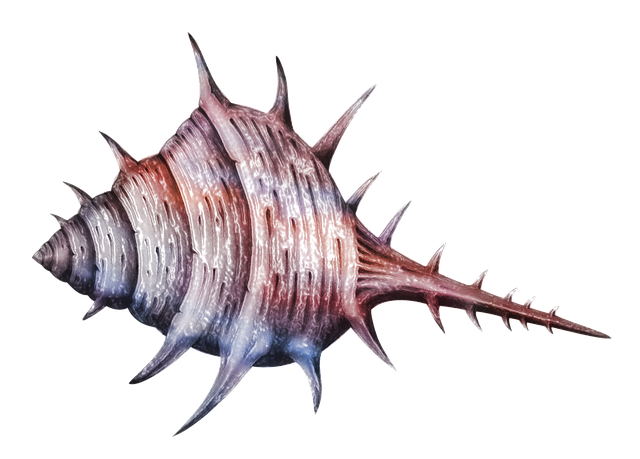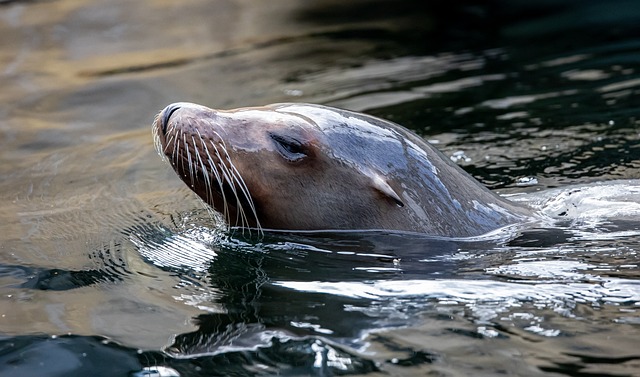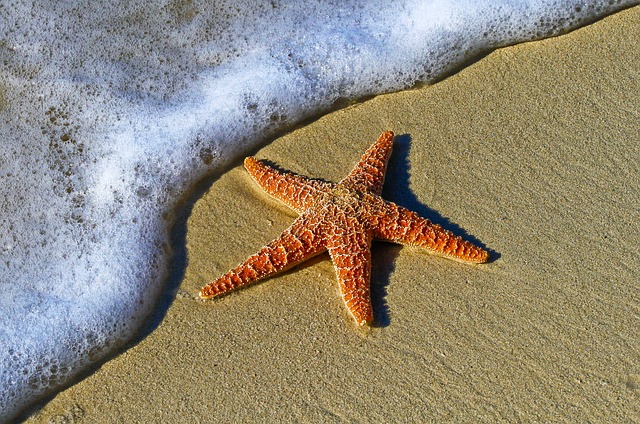Sea Lion Caves, a dramatic coastal ecosystem, serve as a vital sanctuary for sea lions and diverse marine life. While coastal wildlife viewing attracts visitors, human activity can disrupt sea lion habitats. To balance tourism and conservation, guidelines are enforced, including protected marine areas (MPAs) and educational programs. Community engagement is key to preserving this delicate ecosystem through responsible practices like litter removal and monitoring visitor impact. By prioritizing stewardship and research, Sea Lion Caves ensures a sustainable future for coastal wildlife viewing while protecting the natural habitat for generations to come.
“Discovering Sea Lion Caves: A Journey Towards Conservation
Sea Lion Caves, a hidden gem along the rugged coast, showcase a unique ecosystem thriving with sea lions and other marine life. This introduction explores the intricate world of these caves, delving into their environmental significance and the challenges posed by human activity on coastal wildlife viewing. We uncover effective conservation strategies to protect these habitats, highlighting community engagement as a powerful tool in preserving our coastline. From understanding the ecosystem to future prospects, this article navigates ways to sustain Sea Lion Caves for generations ahead, ensuring coastal wildlife viewing remains vibrant.”
- Understanding Sea Lion Caves and Their Unique Ecosystem
- The Impact of Human Activity on Coastal Wildlife Viewing
- Conservation Strategies to Protect Sea Lions and Their Habitats
- Role of Community Engagement in Preserving Coastal Ecosystems
- Future Prospects: Sustaining Sea Lion Caves for Generations Ahead
Understanding Sea Lion Caves and Their Unique Ecosystem
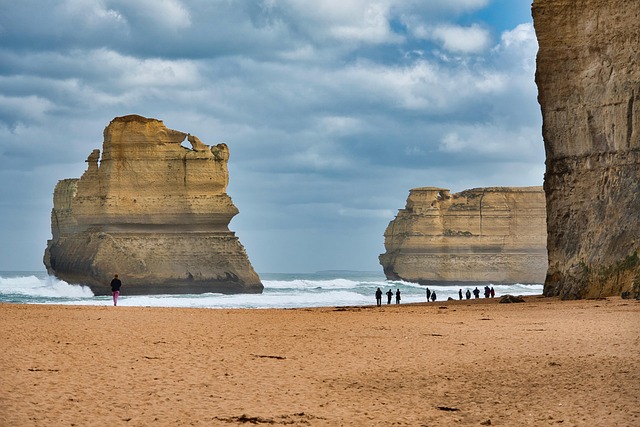
Sea Lion Caves, nestled along the rugged coastline, offer a unique and captivating ecosystem that draws both scientists and nature enthusiasts alike. This natural wonder is home to a diverse range of coastal wildlife, with sea lions being the most prominent residents. The caves provide these marine mammals with shelter, nesting sites, and protection from predators, making them an essential haven for their conservation.
The caves’ intricate network of tunnels and rock formations creates a microclimate that supports various species. Beyond sea lions, visitors might spot seals, birds, and even rare coastal plants. Coastal wildlife viewing at Sea Lion Caves is not just about observing these creatures but also understanding the delicate balance of nature. This ecosystem serves as a crucial breeding ground and resting place for many marine species, making conservation efforts vital to ensure their survival in today’s changing environment.
The Impact of Human Activity on Coastal Wildlife Viewing
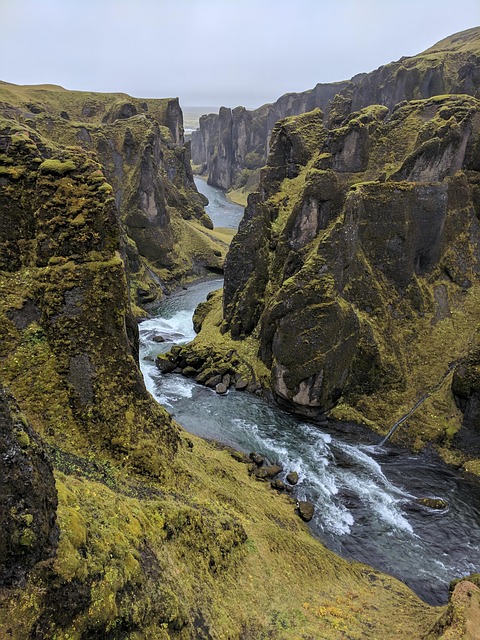
Human activity has significantly impacted coastal areas, affecting the natural habitats and behaviors of marine life, including sea lions. The rise in coastal wildlife viewing tours has brought both benefits and challenges. While these activities can raise awareness and funds for conservation efforts, they also pose risks to sea lion populations. Noise pollution from boats and visitors can startle and disturb sea lions, especially during breeding and pupping seasons. Human presence near their caves and resting areas can cause sea lions to abandon their nests or become aggressive in defense of their young.
The increased foot traffic on beaches and cliffs disrupts the coastal ecosystem. Sea lions rely on these spaces for resting, molting, and rearing their pups without human intrusion. To mitigate these impacts, wildlife viewing guidelines and regulations are essential. Responsible tourism practices, such as maintaining a safe distance from sea lion caves and following guided tours, can ensure both visitor safety and the well-being of coastal wildlife, fostering a harmonious coexistence between humans and nature.
Conservation Strategies to Protect Sea Lions and Their Habitats

Conservation efforts at Sea Lion Caves focus on implementing strategic measures to protect both sea lion habitats and the species themselves. One key strategy involves establishing and enforcing protected areas along the coast, minimizing human disturbance in critical breeding and resting grounds. These marine protected areas (MPAs) ensure a safe haven for sea lions, allowing them to thrive without the pressures of habitat destruction and exploitation.
Additionally, educational programs aimed at tourists and local communities play a vital role. By promoting responsible coastal wildlife viewing practices, such as maintaining a safe distance from sea lion colonies, conservation efforts can be supported on a broader scale. This includes encouraging visitors to respect the animals’ space, follow designated trails, and avoid feeding or harassing sea lions, all of which contribute to minimizing human-sea lion conflicts and preserving their natural behavior and habitats for future generations.
Role of Community Engagement in Preserving Coastal Ecosystems
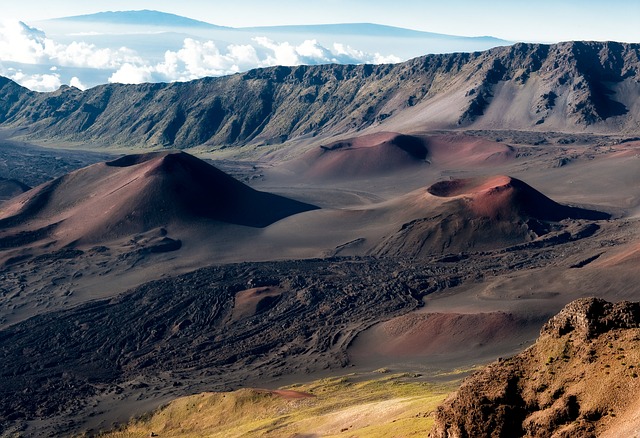
Community engagement plays a pivotal role in the preservation and conservation of delicate coastal ecosystems, including habitats for marine species like sea lions at caves. By actively involving local residents and visitors interested in coastal wildlife viewing, Sea Lion Caves has established a dedicated network of stewards. These engaged folks not only learn about the unique ecosystem but also take on responsibilities to protect it. They participate in activities such as removing litter, monitoring visitor impact, and educating others about conservation practices. This collaborative approach fosters a sense of collective ownership, ensuring that coastal areas remain thriving and accessible for both nature enthusiasts and local communities alike.
Through community-driven initiatives, the caves’ management can gather valuable insights and address potential threats proactively. The involvement of passionate individuals translates into long-term benefits for the ecosystem, as it promotes sustainable practices and a deeper appreciation for marine life. This engagement also encourages responsible tourism, allowing visitors to enjoy coastal wildlife viewing while minimizing disruptions to the natural habitat.
Future Prospects: Sustaining Sea Lion Caves for Generations Ahead

Looking ahead, the future of Sea Lion Caves hinges on sustained conservation efforts. By prioritizing environmental stewardship, local communities and visitors can ensure that this unique coastal wildlife viewing experience remains thriving for generations to come. Ongoing research and monitoring play a crucial role in understanding the sea lion population dynamics and identifying potential threats, allowing for proactive measures to be taken.
Community involvement is another key aspect of securing the caves’ longevity. Educational initiatives aimed at raising awareness about the importance of sea lions and their habitat can foster a sense of stewardship among residents and tourists alike. Balancing the needs of visitors with the preservation of the natural environment will ensure that coastal wildlife viewing at Sea Lion Caves remains a remarkable experience for years to come.







